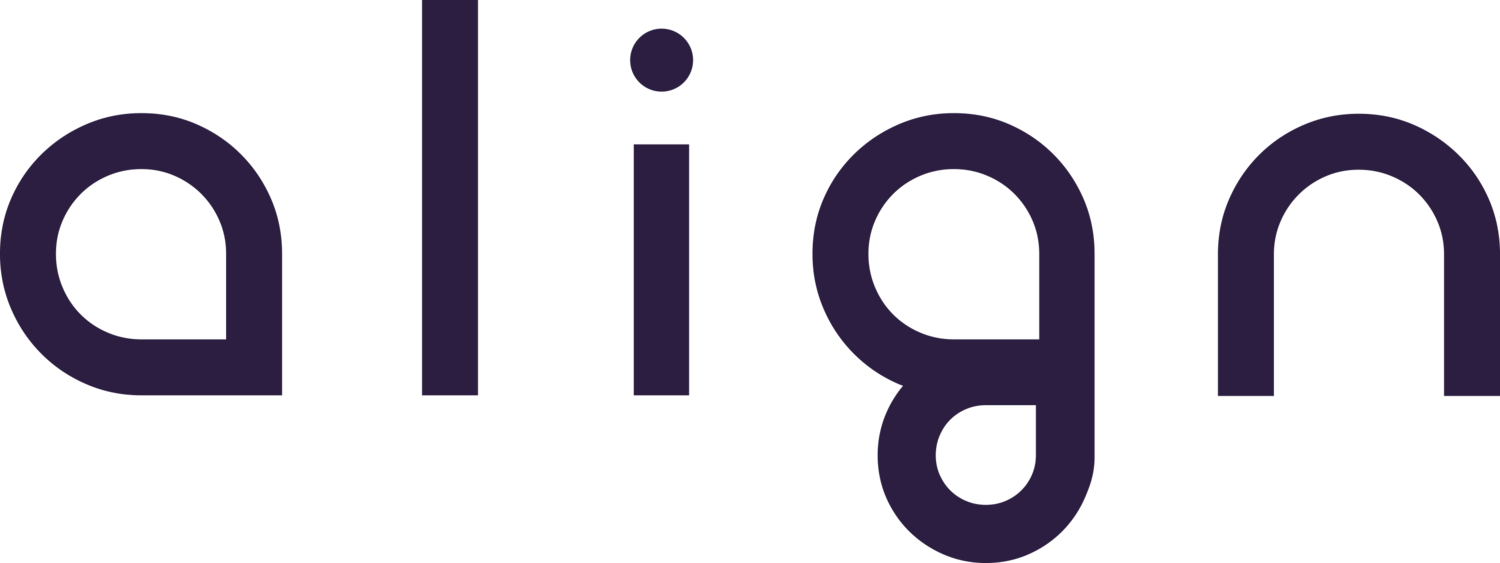4 Tips for Achieving Flow in Your Work
Tips from the guy who wrote the book on flow (literally)
Ryan Frederick, a partner at product development studio AWH and leader of StartupGrind, recently published The Founder’s Manual: A Guidebook for Becoming a Successful Entrepreneur. He sat down to talk to us about how you can design for flow in your working life.
Ryan defines flow as “the parameters in which someone does their best work and performs at their highest level. Not just from a productivity perspective, but also from a gratification and individual satisfaction level.” We believe that flow is the feeling associated with positive work experiences-- when the amenities, environments, and resources line up just right with your personal preferences and the task at hand.
Here are some tips we gathered from our great conversation with Ryan.
1. BE MINDFUL
People give surprisingly little thought to how they work — perhaps because it’s often viewed as a thing you have to do or an environment that you have little control over.
Ryan notes, “I’m not sure people give enough thought to what type of work they’re doing and what are the attributes around that are going to allow them to do the best work?”
The first step to designing for flow is simply paying more attention to the way in which you work. When we get stuck in habitual behaviors, sometimes we forget that there are opportunities to intentionally reconsider and redesign parts of our routine. Being mindful as you approach your daily tasks can help you identify which circumstances are contributing to or detracting from your personal sense of flow.
2. CONSIDER ALL THE FACTORS
Flow is complex. There can be many barriers to flow, just as there are multiple factors that contribute to achieving flow. You need to consider every variable that comes into play when you are trying to do work.
Ryan notes that the idea of flow is traditionally reserved for athletes to describe when a competitor is in such great physical condition and the perfect mental state to achieve nearly superhuman feats. However, some of the same factors are important for anyone wanting to optimize their mental state and environment in order to achieve a goal.
Some of the factors that contribute to flow include:
Time of day
Where
Who
What tools
Mindset
Motivation
Well-rested/thinking clearly
3. KEEP TRACK
No matter how much thinking you do, there is no replacement for the ritual of tracking your own work episodes. Over time, this habitual logging will reveal unexpected or nuanced patterns. You’ll start to understand which tasks are best completed at which times of day, in which environments, and you’ll also notice how satisfied you feel when you reach a flow state.
Ryan recommends tracking elements like what you’re doing, when you’re doing it, the circumstances and environment, and who else was involved. “Once you’ve [...]identified the factors that lead to exceptional flow, you’ve got to make a note to yourself: ‘I know that when I do this, with these people, in this setting, etc, I get into a flow state.’”
We’ve thought about tracking work episodes for a long time. In fact, each new hire at Hopewell is required to make tracking a part of their first weeks so that they can gain an understanding of their own preferences and reveal those preferences to their team.
DOWNLOAD THE HOPEWELL WORK EPISODE TRACKING TEMPLATE
4. KNOW THYSELF
Be honest with yourself. If you know you’re not a particularly disciplined person, Frederick recommends getting rigorous and structured about the tracking at the outset.
“If they are pretty undisciplined, then I would probably want them to track things very specifically. Because I think if you already lean in an undisciplined way, just trying to approach it anecdotally is probably not going to succeed.”
The concept of deliberate design may feel foreign in the workplace, especially since so much of our work is often decided for us, not by us, but Frederick notes that we’re already doing this deliberate design in different areas of our lives. “We do it alot in our personal lives. [...]I think we gravitate toward doing it in our personal lives around things that we enjoy. […]If we go to some sort of show or a concert, we facilitate an experience that’s going to give ourselves the best experience. So if you like being really up close so you can see the performers on stage, you’re probably going to spend the extra money to be there. And you understand the attributes of that that are going to give you sort of the most satisfaction coming out of that. “
Knowing yourself means analyzing your personal preferences beyond the obvious and being realistic about how much effort it will take to achieve a flow state. If it were easy, then you wouldn’t get lost on LinkedIn while you’re supposed to be accomplishing a goal… But the good news is that the hardest part is getting started. After you’ve identified the factors that create a flow state for you, then you can design multiple work episodes and set yourself up for continued success.
